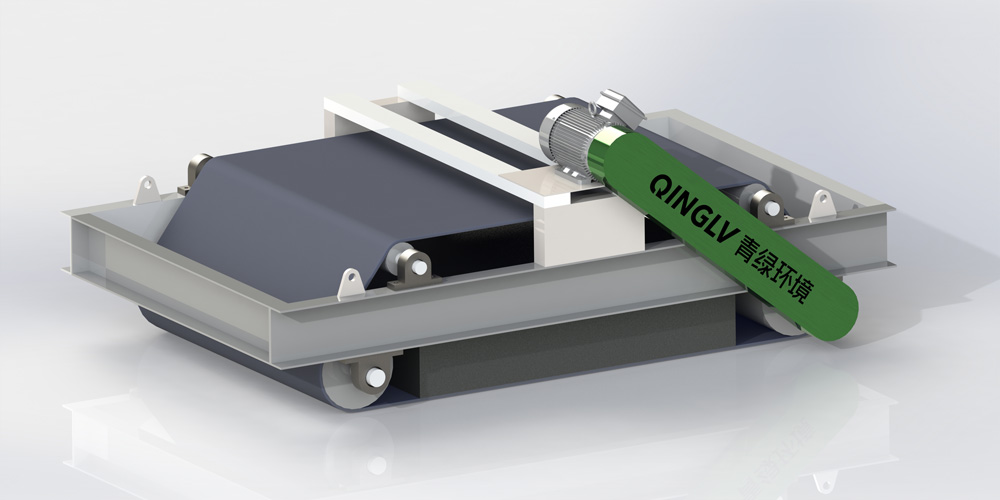 Time:2025-03-07
Time:2025-03-07
 Source:青绿环境
Source:青绿环境
The treatment of rebar and nails in construction waste is a crucial step. It not only concerns the recycling of resources but also impacts environmental protection and sustainable development. Below is a detailed introduction to the methods for handling rebar and nails in construction waste:

Firstly, before being fed into the sorting equipment, construction waste is usually subjected to preliminary crushing to reduce the particle size of the materials, facilitating subsequent processing. In this stage, large pieces of concrete and bricks are crushed into smaller particles, while rebar and nails, due to their toughness, are not easily broken.
Subsequently, the magnetic separator plays a key role in the processing procedure. Utilizing the principle of magnetism, the magnetic separator can accurately identify and adsorb rebar, nails, and other metal substances in construction waste. As the waste passes through the conveyor belt of the magnetic separator, the metal materials are attracted by the magnetic force and adhere to the drum of the separator. They are then separated as the drum rotates.
The separated rebar and nails have significant recycling value. These metals can be directly remelted and reused to produce new steel or other metal products. Through recycling, not only can raw material resources be conserved, but also the demand for new metal extraction can be reduced, thereby lowering energy consumption and minimizing environmental pollution.
In addition, when dealing with rebar and nails in construction waste, attention must be paid to environmental and safety issues. For example, effective dust removal measures should be implemented during the crushing and magnetic separation processes to reduce dust pollution. At the same time, equipment such as magnetic separators should be regularly maintained and inspected to ensure their normal operation and safety.
The treatment of rebar and nails in construction waste is an important link in resource recycling. By employing advanced equipment and technical means such as magnetic separators, the effective separation and recycling of metal materials can be achieved, contributing to environmental protection and sustainable development.













 Prev
Prev











